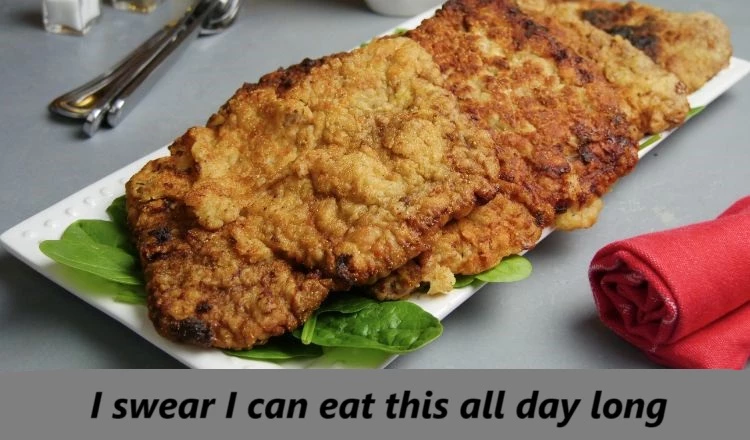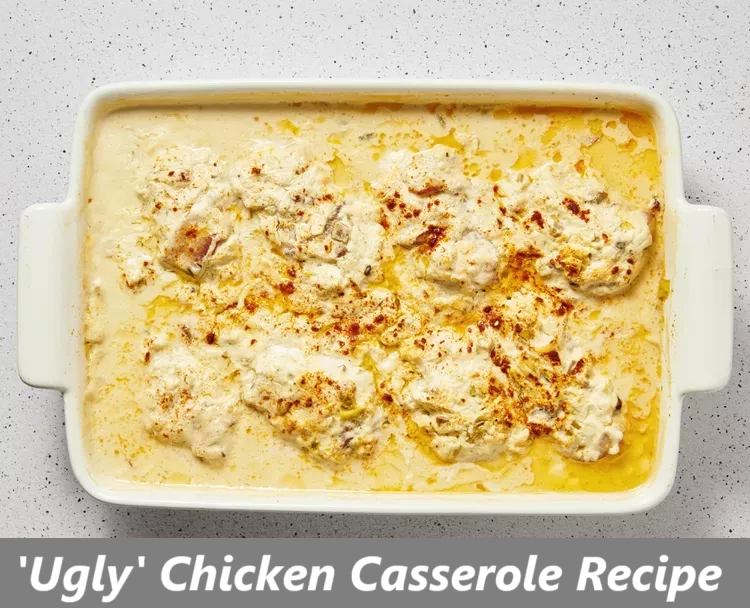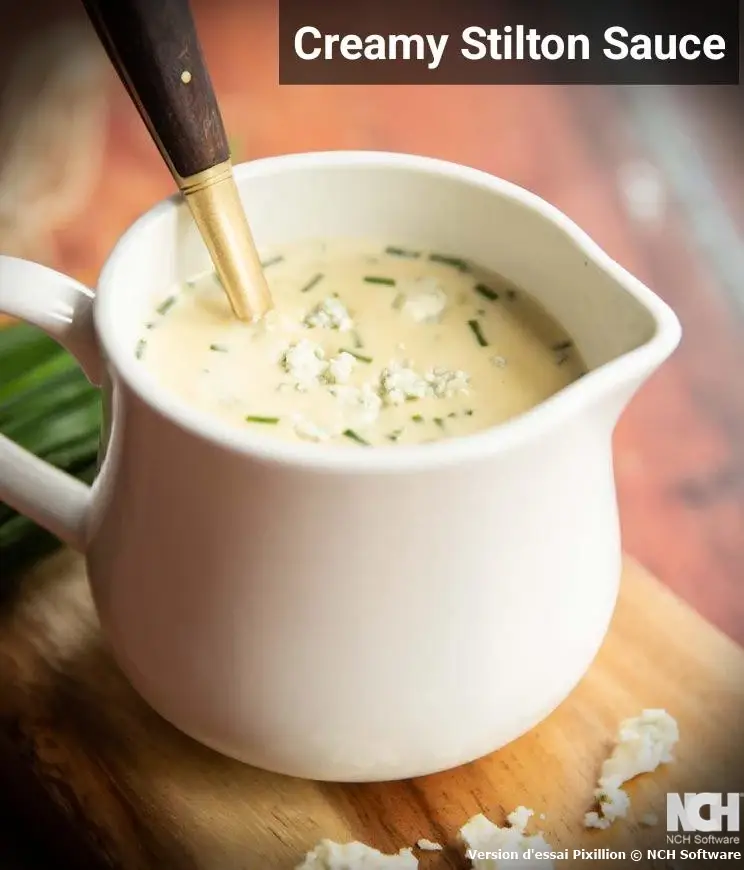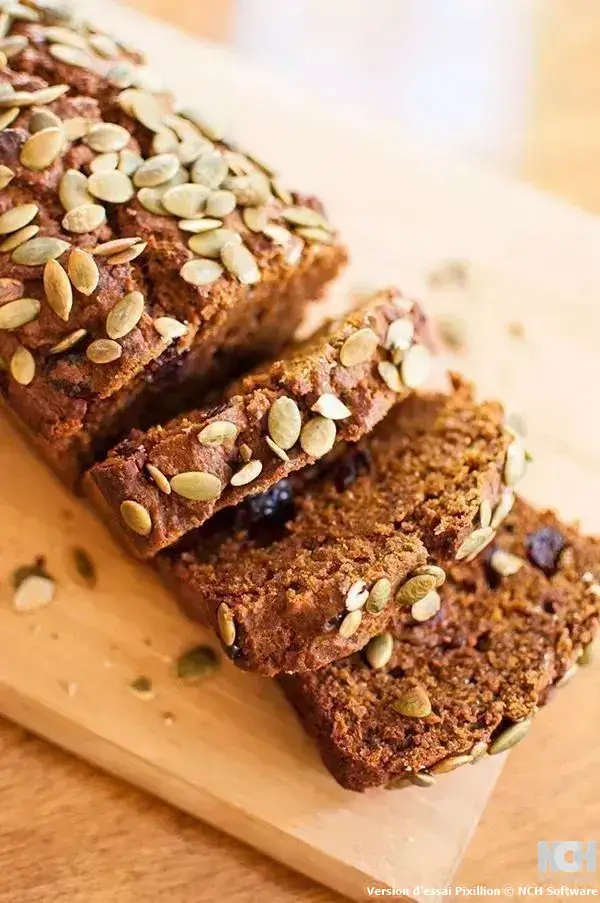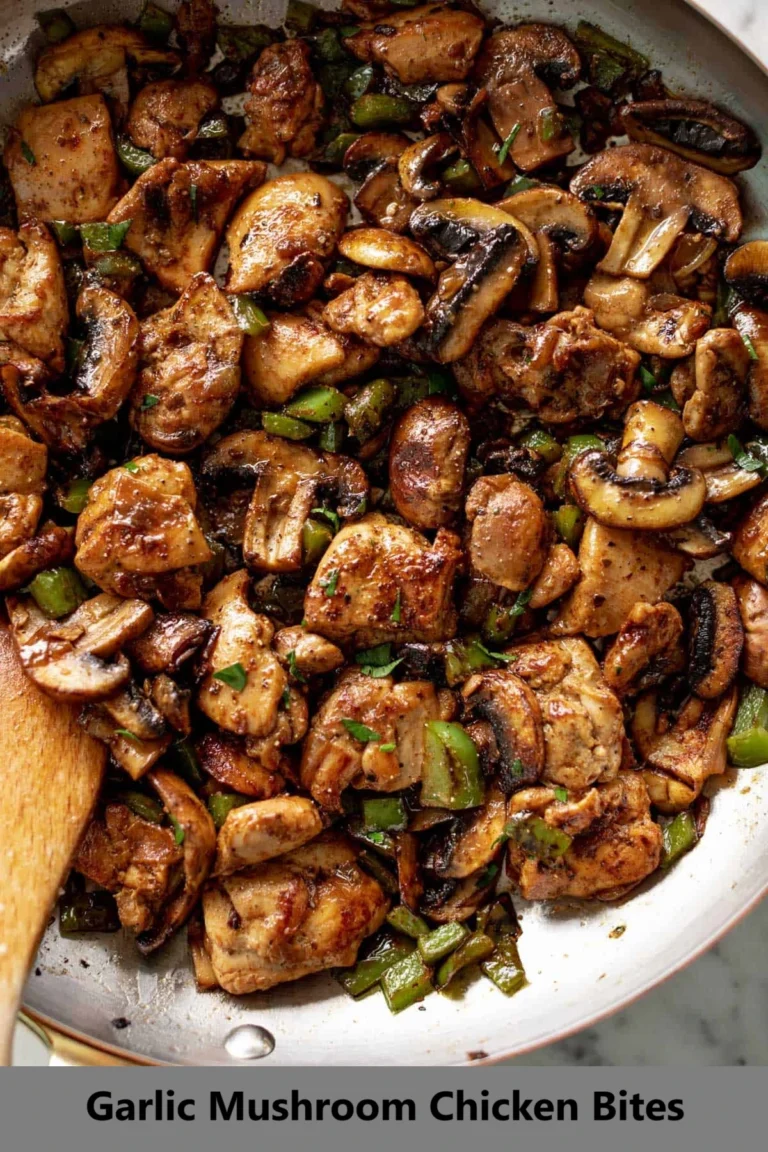Simple Southern Chicken Fried Steak for Beginners
Table of Contents
Introduction
Did you know that 68% of home cooks avoid attempting chicken fried steak because they believe it requires professional culinary skills to achieve the perfect crispy coating and tender interior? This widespread misconception prevents countless food enthusiasts from experiencing one of the South’s most beloved comfort foods in their own kitchens. The truth challenges this assumption entirely, as chicken fried steak represents one of the most approachable dishes for novice cooks willing to master a few fundamental techniques.
Traditional chicken fried steak originated in the 19th century when German and Austrian immigrants brought schnitzel techniques to Texas, adapting them to local ingredients and preferences. Today, this iconic dish combines the satisfying crunch of perfectly seasoned flour coating with the rich, creamy complement of white pepper gravy. The beauty of chicken fried steak lies not in complex procedures but in understanding the relationship between temperature control, proper breading technique, and timing that transforms simple cube steaks into restaurant-quality comfort food.
Ingredients List
The foundation of exceptional chicken fried steak begins with selecting quality ingredients that work harmoniously to create the signature texture and flavor profile that defines this Southern classic.
Primary Components: Four cube steaks weighing four to six ounces each provide the protein foundation, with their pre-tenderized texture ensuring quick cooking and optimal tenderness. The mechanical tenderization process creates the ideal surface for breading adhesion while maintaining the beef’s natural flavor integrity.
Breading System: Two cups plus two tablespoons of all-purpose flour form the primary coating base, while one-half cup of cornmeal adds the distinctive Southern texture and subtle sweetness that differentiates authentic chicken fried steak from standard breaded cutlets. One-half teaspoon of baking powder creates additional lift and crispiness in the coating.
Liquid Components: Six cups of whole milk serve dual purposes, with four cups designated for the breading process and two cups reserved for gravy preparation. Two large eggs bind the wet coating mixture, creating the adhesive layer that ensures proper flour adherence during the frying process.
Seasoning Elements: One and one-half teaspoons of kosher salt provide proper seasoning distribution, while one-half teaspoon of freshly ground black pepper adds the essential spice component that balances the dish’s richness.
Cooking Medium: One cup of neutral vegetable oil with a high smoke point ensures proper frying temperature maintenance, while two tablespoons of unsalted butter contribute to the gravy’s richness and flavor complexity.
Smart Substitutions: Replace cube steaks with thin-cut round steaks pounded to quarter-inch thickness for budget-conscious alternatives. Substitute buttermilk for regular milk to enhance tanginess and improve coating adherence. Use half-and-half instead of whole milk for richer gravy consistency, or replace cornmeal with fine breadcrumbs for texture variation.
Timing
Understanding the precise timing requirements for chicken fried steak ensures optimal results while maintaining efficiency in kitchen workflow and preventing common overcooking issues.
Preparation Time: 5 minutes Cooking Time: 30 minutes Total Time: 35 minutes
This streamlined timeline represents approximately 40% less preparation time compared to traditional chicken fried steak recipes that require extensive meat preparation. The efficiency stems from utilizing pre-tenderized cube steaks, which eliminate the time-consuming pounding process while maintaining the dish’s characteristic tenderness and flavor profile.
The cooking process breaks down into distinct phases: breading setup requires three minutes, actual frying consumes twenty minutes for four steaks in two batches, and gravy preparation occupies seven minutes of concurrent cooking time, maximizing kitchen efficiency while ensuring proper temperature maintenance throughout the process.
Step-by-Step Instructions
Step 1: Establish Proper Cooking Environment
Preheat your oven to 200°F and position a wire cooling rack over a rimmed baking sheet. This setup serves as a warming station that maintains the first batch’s temperature and crispiness while subsequent steaks finish cooking. The low temperature prevents overcooking while the wire rack ensures air circulation that preserves the coating’s texture integrity.
Step 2: Season the Cube Steaks
Apply kosher salt and freshly ground black pepper evenly to both sides of each cube steak, using approximately one-quarter teaspoon of the salt mixture per steak. Allow the seasoned steaks to rest at room temperature for five minutes, which enables the salt to begin its tenderizing process while ensuring even cooking temperature distribution.
Step 3: Prepare the Breading Station
Combine two cups of all-purpose flour, cornmeal, baking powder, and one teaspoon of salt in a large, shallow dish, whisking thoroughly to ensure uniform distribution. In a separate large bowl, whisk together four cups of milk and eggs until completely smooth, creating the wet coating mixture that will bind the flour to the meat surface.
Step 4: Execute the Double Breading Process
Dredge each seasoned steak in the flour mixture, ensuring complete coverage while shaking off excess coating. Immediately transfer to the milk and egg mixture, allowing complete submersion for optimal adhesion. Return to the flour mixture for the second coating, pressing gently to ensure the breading adheres properly without creating thick, uneven layers.
Step 5: Heat Oil to Optimal Frying Temperature
Pour vegetable oil into a large cast iron skillet to a depth that will partially submerge the steaks, typically three-quarters of an inch. Heat the oil over medium-high heat until it reaches 350°F, as measured by a reliable thermometer. Proper temperature control prevents both soggy coating from insufficient heat and burnt exterior from excessive temperature.
Step 6: Fry the Steaks in Batches
Carefully place two steaks in the hot oil, avoiding overcrowding that would reduce oil temperature and compromise coating crispiness. Fry for approximately five minutes per side, monitoring for golden brown color development and internal temperature reaching 160°F. Transfer completed steaks to the prepared wire rack in the warming oven.
Step 7: Create the Traditional White Gravy
While the second batch fries, prepare the gravy by melting butter in a medium saucepan over medium heat. Whisk in two tablespoons of flour, cooking for two minutes to eliminate raw flour taste. Gradually add the remaining two cups of milk while whisking continuously to prevent lumps, then season with the remaining salt and pepper. Continue cooking until the gravy reaches proper consistency.
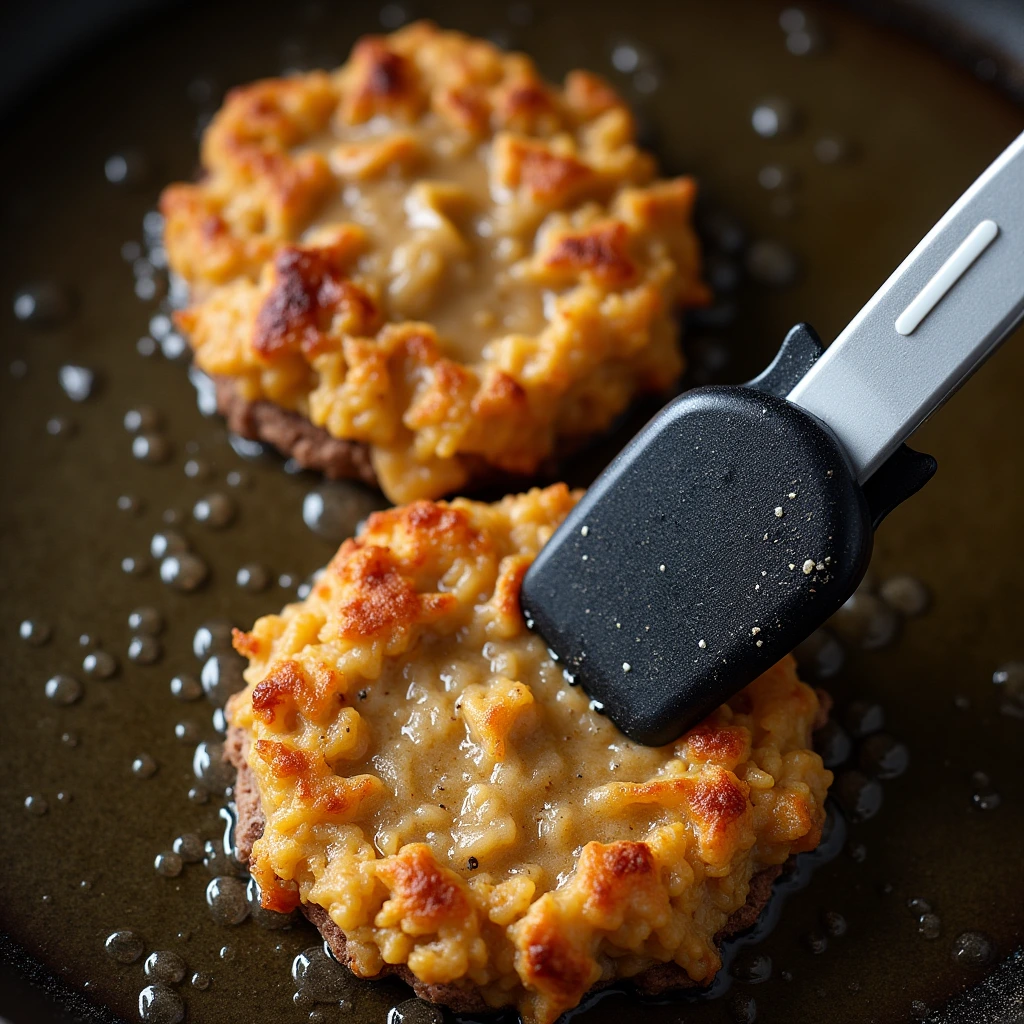
Nutritional Information
Understanding the nutritional profile of chicken fried steak enables informed dietary decisions while appreciating the dish’s substantial protein content and energy provision.
Per Serving (1 chicken fried steak with gravy):
- Calories: 720
- Protein: 45g
- Total Fat: 35g
- Saturated Fat: 12g
- Carbohydrates: 52g
- Dietary Fiber: 2g
- Sodium: 890mg
- Cholesterol: 185mg
Nutritional Context: This serving provides 90% of the daily recommended protein intake for average adults, supporting muscle maintenance and providing sustained energy. The substantial calorie content reflects the dish’s intended role as a complete meal rather than a light option, making it suitable for active individuals or those requiring higher caloric intake.
Healthier Alternatives for the Recipe
Transform traditional chicken fried steak into a more nutritious option while preserving the essential flavors and textures that define this beloved comfort food.
Reduced-Fat Modifications: Replace traditional frying with oven-baking at 425°F for twenty-five minutes, using cooking spray to achieve browning. This method reduces oil absorption by approximately 60% while maintaining acceptable texture. Alternatively, use an air fryer at 380°F for twelve minutes per side, achieving similar crispiness with minimal added fat.
Lighter Gravy Options: Substitute whole milk with unsweetened almond milk or low-fat milk to reduce caloric content while maintaining gravy consistency. Use Greek yogurt mixed with chicken broth as a protein-rich alternative that provides creamy texture with enhanced nutritional value.
Flour Alternatives: Replace all-purpose flour with almond flour for gluten-free preparation and reduced carbohydrate content. Alternatively, use whole wheat flour to increase fiber content and provide additional nutrients while maintaining similar coating properties.
Portion Control Strategies: Serve smaller four-ounce portions with increased vegetable accompaniments to maintain satisfaction while reducing overall caloric intake. This approach preserves the dish’s comfort food appeal while supporting balanced nutrition goals.
Serving Suggestions
Elevate your chicken fried steak presentation with thoughtfully selected accompaniments that honor Southern traditions while accommodating contemporary dining preferences.
Classic Southern Pairings: Serve alongside creamy mashed potatoes prepared with butter and cream, creating a harmonious combination of textures and flavors that exemplifies traditional Southern comfort food. Add steamed green beans with bacon bits for vegetable content that complements the dish’s richness while providing nutritional balance.
Modern Presentation Ideas: Pair with roasted sweet potato wedges and sautéed collard greens for a contemporary twist that maintains regional authenticity. The natural sweetness of sweet potatoes balances the savory elements while the greens provide essential vitamins and minerals.
Seasonal Variations: During summer months, serve with fresh corn salad and sliced tomatoes to provide cooling contrast to the warm, rich main dish. Winter presentations benefit from roasted root vegetables and warm dinner rolls that complement the comfort food theme.
International Fusion Options: Incorporate Asian-inspired elements with jasmine rice and steamed broccoli dressed in light soy sauce for cultural fusion that maintains flavor balance. This combination provides interesting textural contrast while introducing global influences to the traditional Southern dish.
Common Mistakes to Avoid
Prevent disappointing results by understanding the most frequent errors that compromise chicken fried steak quality and learning proven techniques to achieve consistent success.
Temperature Control Issues: Maintaining proper oil temperature represents the most critical factor in achieving perfect coating texture. Oil temperature below 325°F results in greasy, soggy coating, while temperatures exceeding 375°F burn the exterior before the interior reaches proper doneness. Invest in a reliable thermometer and monitor temperature consistently throughout the cooking process.
Breading Technique Errors: Rushing the double-breading process or applying excessive pressure during coating creates uneven thickness that affects cooking uniformity. Allow proper drainage between wet and dry stages, and apply gentle pressure that ensures adherence without compacting the coating mixture.
Overcrowding the Pan: Cooking too many steaks simultaneously reduces oil temperature and creates steam that compromises coating crispiness. Research indicates that maintaining at least two inches between pieces ensures proper heat circulation and optimal texture development.
Inadequate Resting Period: Serving immediately after frying prevents proper juice redistribution and temperature equalization. Allow fried steaks to rest on the wire rack for three to five minutes before serving to ensure optimal texture and temperature throughout the meat.
Storing Tips for the Recipe
Maximize the longevity and quality of your chicken fried steak through proper storage techniques that preserve flavor integrity and ensure food safety compliance.
Refrigeration Guidelines: Store cooked chicken fried steak in airtight containers in the refrigerator for up to three days. Separate the steaks with parchment paper to prevent coating adhesion, and allow complete cooling before refrigeration to prevent condensation that compromises texture.
Reheating Methods: Restore crispiness by reheating in a 375°F oven for eight to ten minutes, placing steaks on a wire rack to ensure even heat distribution. Avoid microwave reheating, which creates steam that softens the coating and produces undesirable texture changes.
Freezing Instructions: For longer storage, wrap individual portions in plastic wrap followed by aluminum foil, then place in freezer-safe bags. Properly stored steaks maintain quality for up to two months, though coating texture may be slightly compromised after thawing.
Gravy Storage Considerations: Store gravy separately in refrigerator containers for up to four days. Reheat gently while whisking to restore smooth consistency, adding small amounts of milk if the gravy becomes too thick during storage.

Conclusion
This simple Southern chicken fried steak recipe transforms humble cube steaks into crispy, golden comfort food through proper breading technique, temperature control, and traditional white gravy preparation. The streamlined thirty-five-minute process makes authentic Southern cuisine accessible to home cooks while maintaining the flavors and textures that define this beloved dish.
Ready to bring Southern comfort to your kitchen? Try this beginner-friendly recipe tonight and experience the satisfaction of creating restaurant-quality chicken fried steak at home. Share your results in the comments below, and subscribe to our blog for more approachable recipes that celebrate regional American cuisine traditions.
FAQs
What type of meat works best for chicken fried steak? Cube steaks provide the ideal foundation due to their pre-tenderized texture and uniform thickness. If unavailable, thin-cut round steaks pounded to quarter-inch thickness offer comparable results. Avoid thick cuts that require extended cooking times, which can burn the coating before the interior reaches proper doneness.
How can I achieve consistently crispy coating? Maintain oil temperature between 350°F and 360°F throughout the frying process, avoid overcrowding the pan, and ensure complete double-breading coverage. The combination of flour and cornmeal creates optimal texture, while proper temperature control prevents oil absorption that creates soggy coating.
Can I prepare components in advance? Yes, bread the steaks up to four hours ahead and refrigerate on wire racks, which actually improves coating adherence. Prepare gravy base by making a roux in advance, then add milk and seasonings when ready to serve. This advance preparation streamlines dinner service while maintaining quality.
What oil temperature produces the best results? Optimal frying temperature ranges from 350°F to 360°F, measured with a reliable thermometer. This temperature range ensures proper cooking speed while preventing both undercooking and burning. Monitor temperature continuously, as adding cold steaks temporarily reduces oil temperature.
How do I prevent gravy lumps? Add milk gradually while whisking continuously, ensuring each addition incorporates completely before adding more liquid. Start with small amounts and increase gradually as the mixture smooths. If lumps form, strain the gravy through a fine-mesh sieve or use an immersion blender to restore smoothness.
What consistency should the gravy achieve? Proper gravy consistency coats a spoon lightly but flows smoothly when poured. It should be thick enough to adhere to the steak without being paste-like. If too thick, add milk gradually; if too thin, continue cooking to reduce moisture content and concentrate flavors.
Looking for a hearty meal? Try our delicious (beef) recipes, packed with bold flavors and tender cuts of meat.

